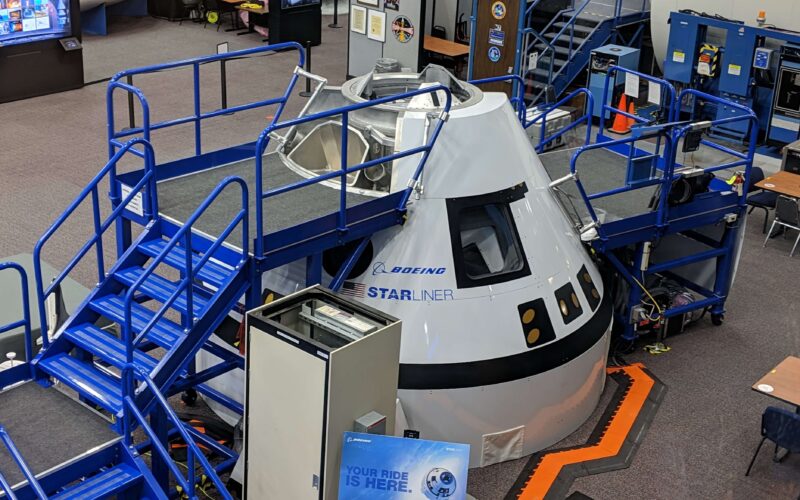Boeing Starliner’s launch to the International Space Station (ISS) may face further delays as an error found in the spacecraft’s propulsion system needs to be addressed.
During the system checks before Starliner’s launch on August 3, 2021, Boeing engineers found a new error with “number of potential causes, including software” as well as “unexpected valve position indication” in the capsule’s propulsion system.
In order to fix the errors, the Boeing Starliner space capsule might need to be removed from the top of the launch rocket, people familiar with the matter told the Wall Street Journal (WSJ) on August 12, 2021. Such repairs could delay Boeing’s entry into space even further.
Starliner was originally supposed to launch on July 30, 2021. However, the unmanned test mission launch was postponed to August 3, 2021, after the space station was temporarily thrown out of control two hours after a new Russian scientific module docked.
Had the unmanned mission launch been successful, Boeing would have conducted a crewed mission potentially later in 2021. However, with new system glitches, the timeline of the uncrewed, as well as the crewed, Starliner missions remains under question.
It is not the first time Boeing’s Starliner fails to reach the International Space Station. In 2019, the capsule, on its maiden uncrewed flight to the ISS, failed to attain its proper orbit. About 30 minutes after liftoff, the onboard clock malfunctioned, causing the spacecraft’s computer to fire its engines incorrectly.
Boeing’s Crew Space Transportation (CST)-100 Starliner spacecraft was developed in the framework of NASA’s Commercial Crew Program. The capsule was designed to accommodate seven passengers, or a mix of crew and cargo, for missions to low-Earth orbit.
The Starliner is competing with the SpaceX Crew Dragon capsule. The first successful commercial mission of the Crew Dragon took place on November 16, 2020, flying four astronauts to the ISS for a six-month mission. The current crew was also transported by the Crew Dragon on April 23, 2021.

